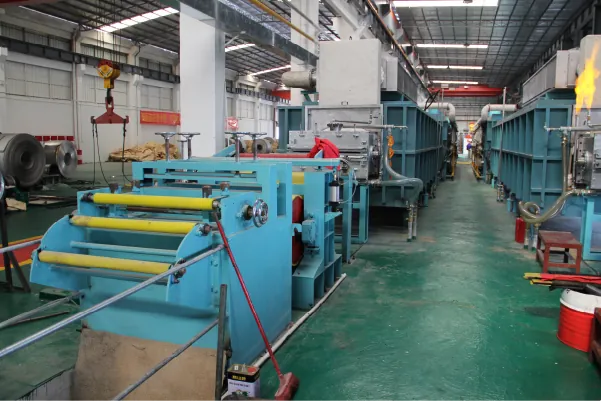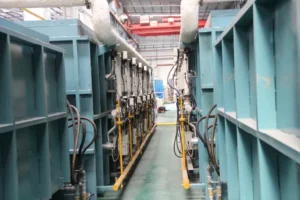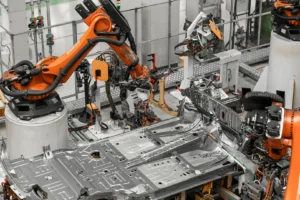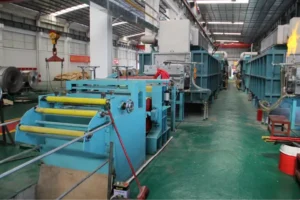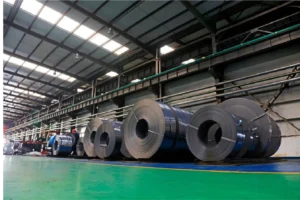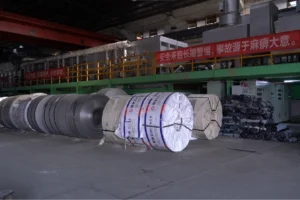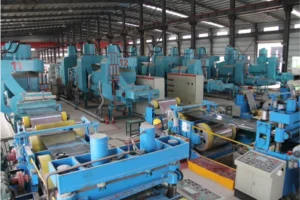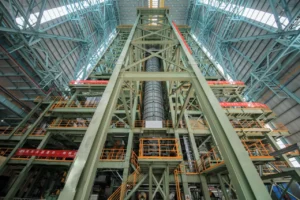Stainless Steel Grades Chart: Understanding Types and Properties
Choosing the wrong steel grade leads to costly failures and project delays. This single mistake can compromise structural integrity and your reputation. Our guide deciphers the grades chart for you.
A stainless steel grades chart is a vital reference tool that classifies different alloys based on their chemical composition, mechanical properties, and corrosion resistance. Understanding it allows you to select the optimal grade, balancing strength, durability, and cost for any specific industrial application.
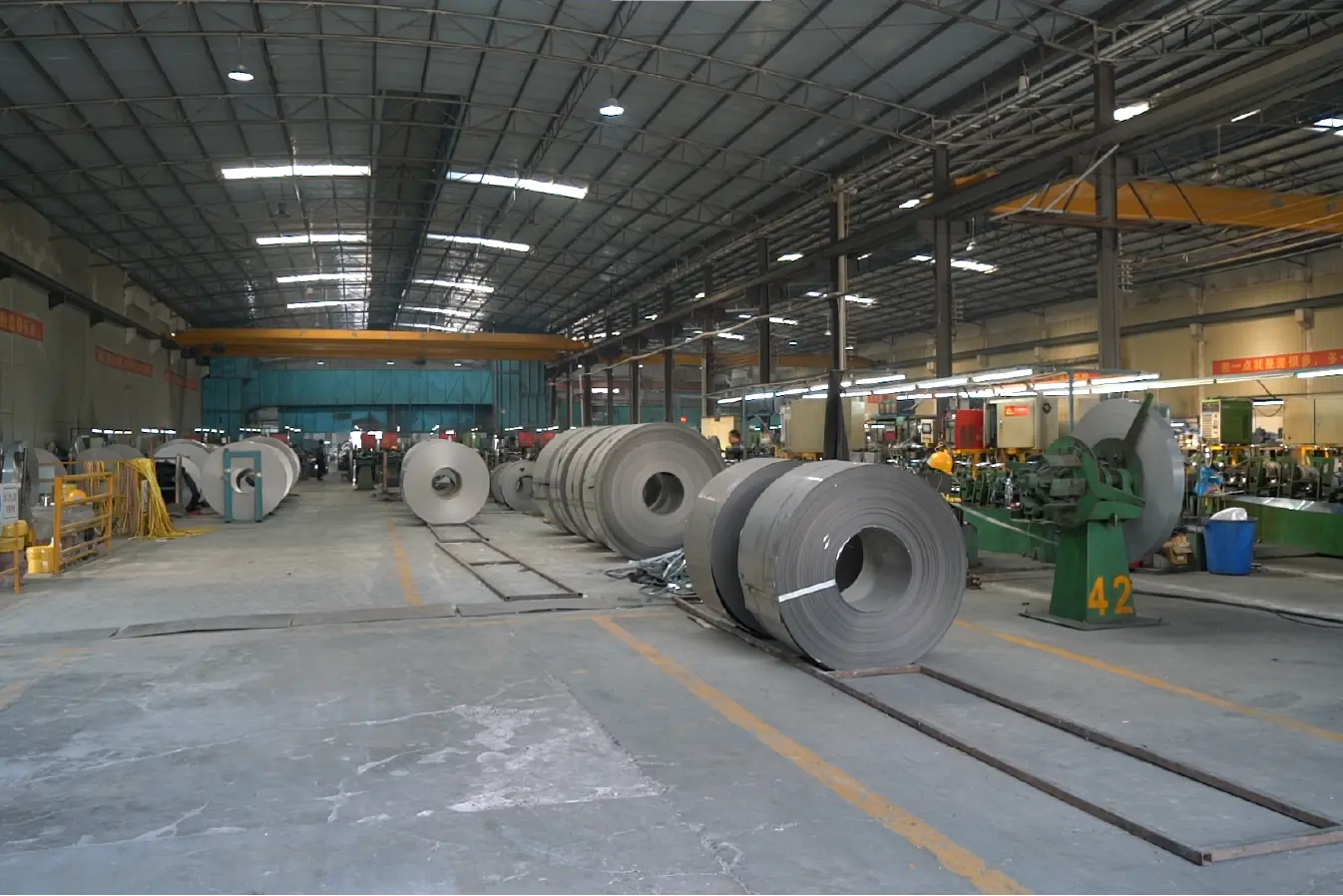
In my role as Global Business Director at MFY, I've seen firsthand how a deep understanding of material science can transform a project from a liability into a long-term asset. The stainless steel grades chart isn't just a technical document; it's a strategic map. It guides engineers, manufacturers, and contractors toward choices that enhance efficiency, durability, and even sustainability. Navigating this chart correctly is a critical skill in today's competitive global market. Let's explore how to master it.
What are the common stainless steel grades and their chemical compositions?
Confused by terms like 304, 316, or 430? This complexity can lead to expensive errors in material specification. We'll break down the key compositions simply and clearly.
Common stainless steel grades are grouped into families. Austenitic (304, 316) contains high chromium and nickel for excellent corrosion resistance. Ferritic (430) is magnetic and more affordable. Martensitic (410) is hardenable through heat treatment. Duplex grades combine properties for superior strength.
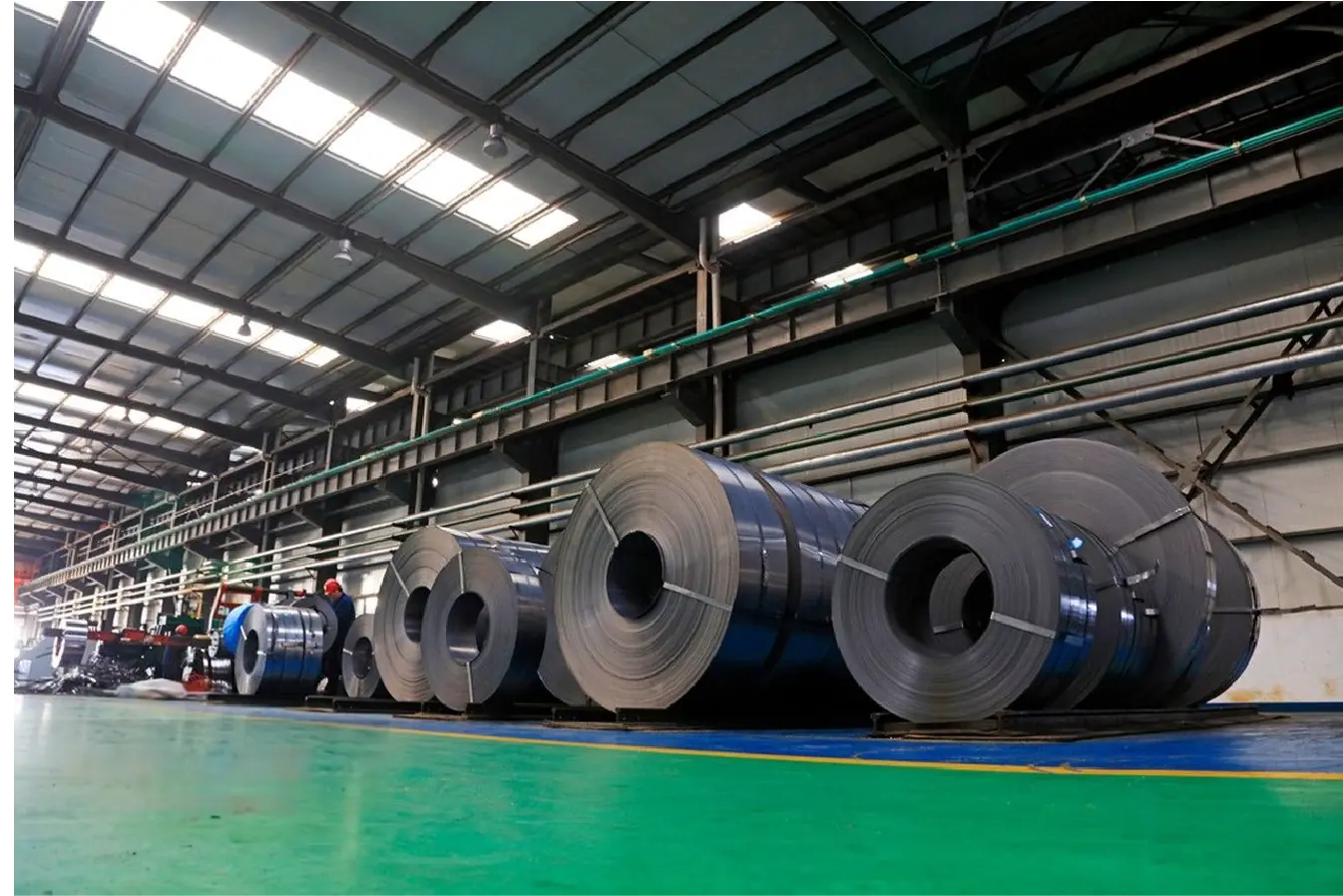
At MFY, we handle these materials every day, and I always emphasize that the chemical recipe of each grade dictates its behavior. Think of it as a strategic formula. The percentage of elements like chromium, nickel, and molybdenum isn't arbitrary; it's engineered for specific performance outcomes. This is where the grades chart becomes an indispensable tool, not just for reference but for strategic planning in sectors from construction to aerospace. A profound grasp of these compositions allows our partners to forecast long-term performance and manage lifecycle costs effectively.
Key Chemical Components and Their Roles
The magic of stainless steel lies in its alloying elements. Each one plays a specific part:
- Chromium (Cr): This is the most important element. It forms a passive, invisible layer of chromium oxide on the steel's surface. This layer protects the iron from rusting and gives stainless steel its signature "stainless" quality.
- Nickel (Ni): Primarily found in austenitic grades like 304 and 316, nickel enhances formability, weldability, and toughness. It stabilizes the austenitic structure at room temperature.
- Molybdenum (Mo): Adding molybdenum significantly increases resistance to pitting and crevice corrosion, especially in chloride-rich environments like coastal or chemical processing plants. This is the key difference between grade 304 and the more robust 316.
Here is a simplified breakdown of the main families and their typical compositions:
| Grade Family | Common Grades | Key Elements | Core Characteristics |
|---|---|---|---|
| Austenitic | 304, 316, 321 | High Cr, High Ni | Excellent corrosion resistance, non-magnetic, highly formable |
| Ferritic | 430, 409 | High Cr, Low C | Good corrosion resistance, magnetic, cost-effective |
| Martensitic | 410, 420 | High Cr, High C | Moderate corrosion resistance, magnetic, can be hardened |
| Duplex | 2205, 2507 | High Cr, Mod Ni, N | High strength, excellent chloride corrosion resistance |
Understanding this chemistry is pivotal. It moves the conversation from "which steel is cheapest?" to "which steel delivers the best long-term value for my specific operational demands?"
How do different stainless steel grades influence their mechanical properties?
Selecting a grade without considering its mechanical strength is a recipe for failure. The material might look right but could deform or break under stress. Let's clarify this connection.
The chemical composition and crystalline structure of a stainless steel grade directly determine its mechanical properties. For example, martensitic grades are very hard and strong, while austenitic grades are more ductile and tough, making them easier to form and weld.
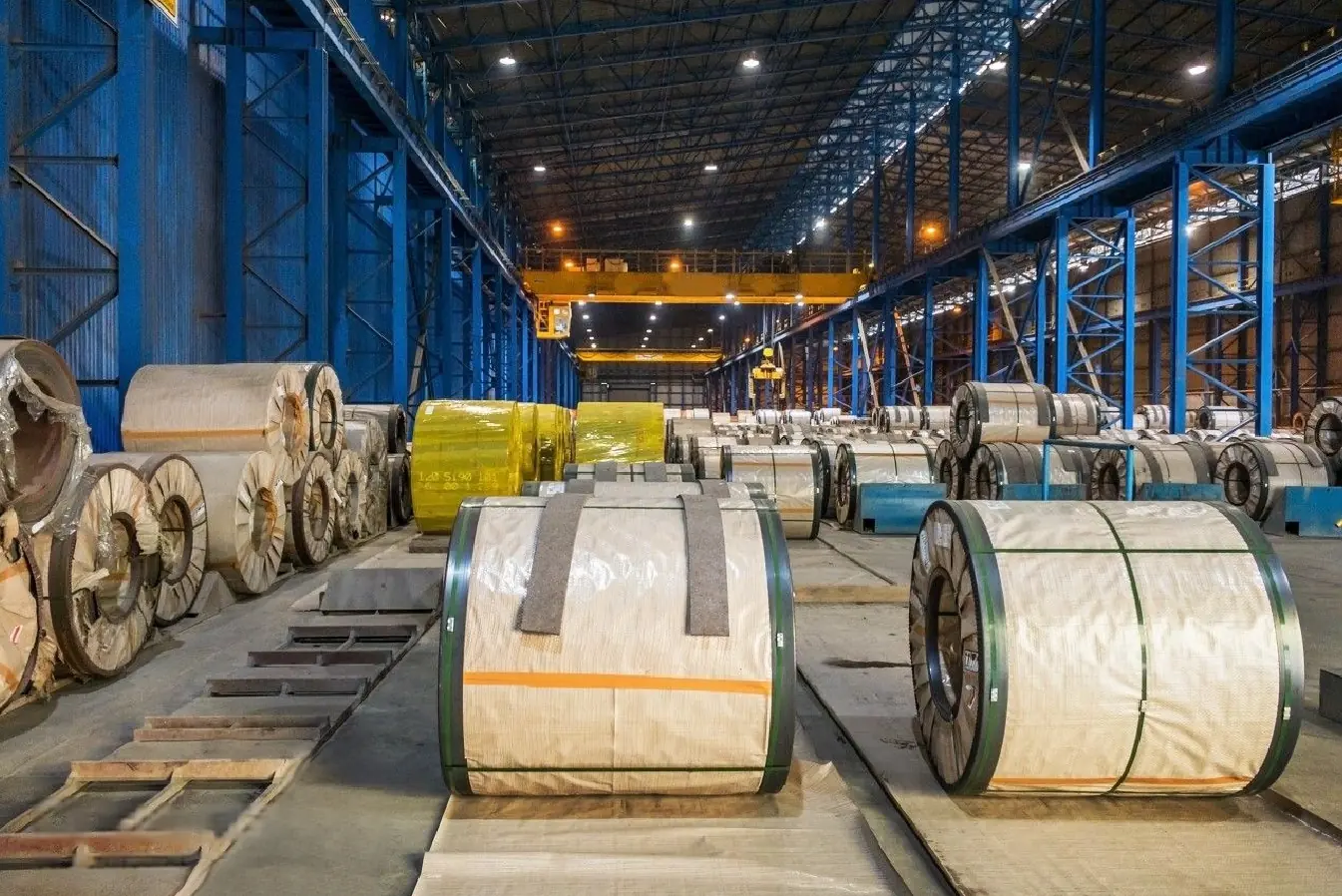
When I speak with engineers, the conversation quickly turns to mechanical properties. These are the non-negotiable performance indicators that determine if a material can withstand the physical stresses of its intended application. A high-pressure vessel requires a different set of properties than a decorative architectural panel. This is where the strategic selection I mentioned earlier comes into play. It's about navigating the trade-offs between strength, flexibility, and hardness to align with specific operational needs. At our MFY facilities, we see how these properties influence everything from our cold-rolled processing to our tube manufacturing. It's a practical, daily reality for us.
Comparing Key Mechanical Properties
Let's break down the most critical mechanical properties and how they differ across the main stainless steel families.
- Tensile Strength: The maximum stress a material can withstand before breaking. High tensile strength is crucial for structural applications.
- Yield Strength: The stress at which a material begins to deform permanently. This is often a more critical design parameter than tensile strength.
- Ductility (Elongation): The ability of a material to deform under tensile stress before fracturing. High ductility is essential for components that need to be bent, stretched, or formed.
- Hardness: The material's resistance to localized plastic deformation such as scratching or indentation.
Here’s a comparative look at typical values for common grades:
| Property | Grade 304 (Austenitic) | Grade 430 (Ferritic) | Grade 410 (Martensitic) | Grade 2205 (Duplex) |
|---|---|---|---|---|
| Yield Strength (MPa) | ~205 | ~205 | ~275 | ~450 |
| Tensile Strength (MPa) | ~515 | ~450 | ~500 | ~620 |
| Elongation (%) | 40 | 22 | 20 | 25 |
| Hardness (Brinell) | ~123 | ~126 | ~145 | ~217 |
As you can see, Duplex 2205 offers significantly higher yield and tensile strength compared to the common 304 grade, making it ideal for demanding structural roles where weight savings are also a concern. In contrast, Grade 304's high elongation makes it perfect for deep-drawing applications like kitchen sinks.
What are the corrosion resistance levels across various stainless steel grades?
Assuming all "stainless" steel is equally resistant to rust is a common and costly mistake. Environments vary, and so should your material choice to prevent premature degradation.
Corrosion resistance in stainless steel primarily depends on its chromium, nickel, and molybdenum content. Austenitic grades like 316 offer superior resistance, especially against chlorides, while standard grades like 304 are suitable for general atmospheric conditions. Ferritic grades are more susceptible.
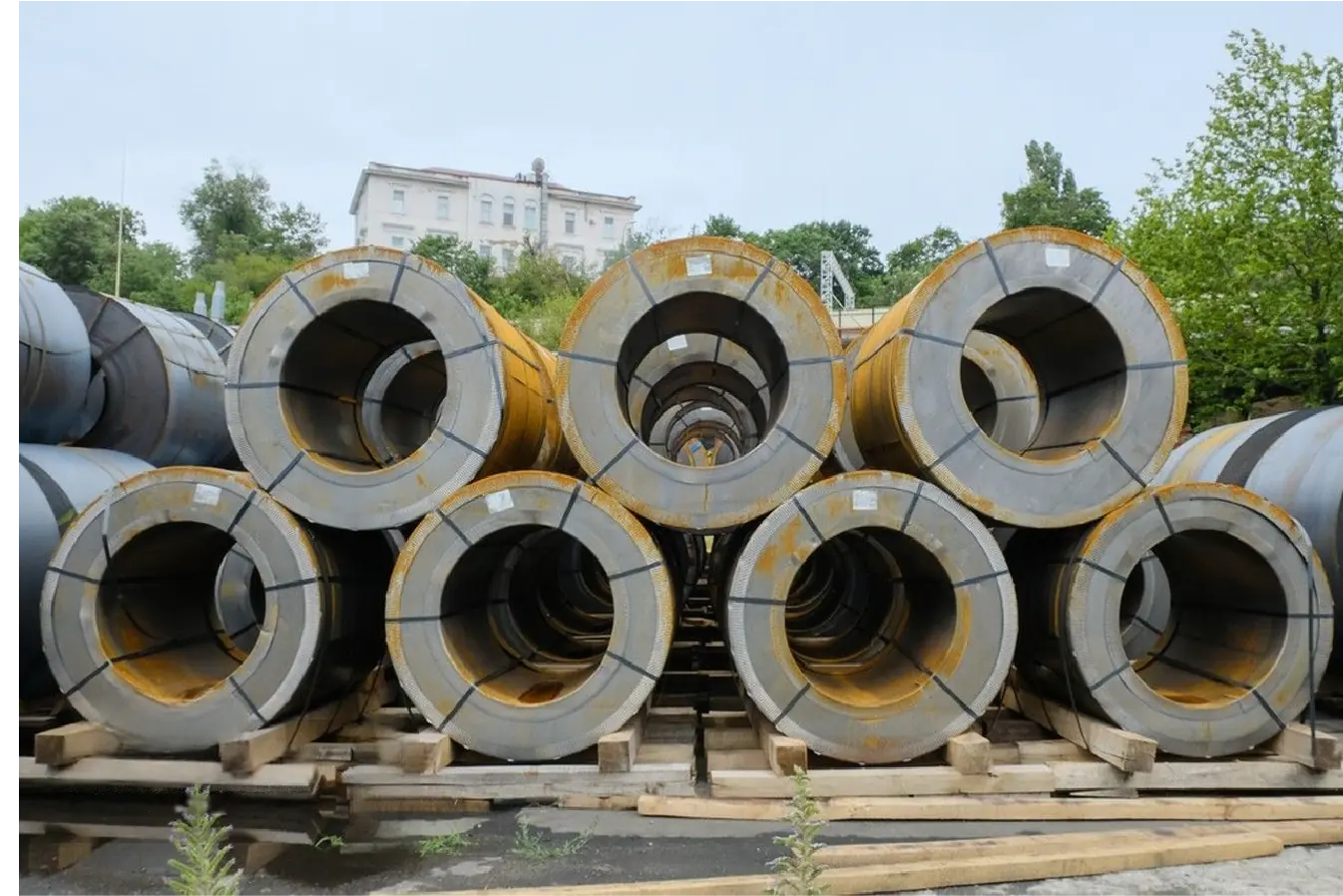
In our export business at MFY, we ship stainless steel to diverse climates, from the humid coastlines of Southeast Asia to the industrial zones of the Middle East. This experience has taught me that corrosion is the number one enemy of longevity. The selection of a grade with the appropriate level of corrosion resistance is not just a technical detail—it's a critical business decision that impacts lifecycle cost, safety, and sustainability. Choosing a slightly cheaper grade today could lead to massive replacement and maintenance costs tomorrow. This is why understanding the nuances of corrosion resistance is fundamental to smart procurement and engineering.
Understanding the Tiers of Protection
The "passive layer" created by chromium is the first line of defense, but it can be compromised. Specific types of corrosion require specific countermeasures built into the alloy's chemistry.
- General Corrosion: Uniform attack across the surface. Most stainless steels perform well against this in normal environments.
- Pitting and Crevice Corrosion: Localized forms of corrosion that create small holes or attack areas with low oxygen, like under gaskets. This is where molybdenum (found in Grade 316) becomes essential.
To quantify pitting resistance, we often use the Pitting Resistance Equivalent Number (PREN). It's a simple formula based on the chemical composition: PREN = %Cr + 3.3 %Mo + 16 %N. A higher PREN indicates better resistance.
| Grade | Typical PREN | Suitable Environments |
|---|---|---|
| 430 (Ferritic) | ~17 | Indoor, mild atmospheric, fresh water |
| 304 (Austenitic) | ~18 | General atmospheric, food processing, architectural |
| 316 (Austenitic) | ~24 | Marine, coastal, chemical processing, wastewater |
| 2205 (Duplex) | ~35 | Harsh marine, oil & gas, desalination plants |
This table clearly shows why Grade 316 is the standard for marine applications, and why Duplex grades are specified for the most aggressive environments. Investing in a higher PREN grade for a demanding application is a strategic move that pays dividends in durability and reduced maintenance.
How to select the right stainless steel grade for specific applications?
Faced with so many options, how do you choose the one that guarantees performance without overspending? The key is a systematic approach that balances all critical factors.
To select the right stainless steel grade, you must evaluate the application's operating environment, required mechanical properties, fabrication needs, and budget. A balanced assessment ensures optimal performance, longevity, and cost-effectiveness for your specific project.
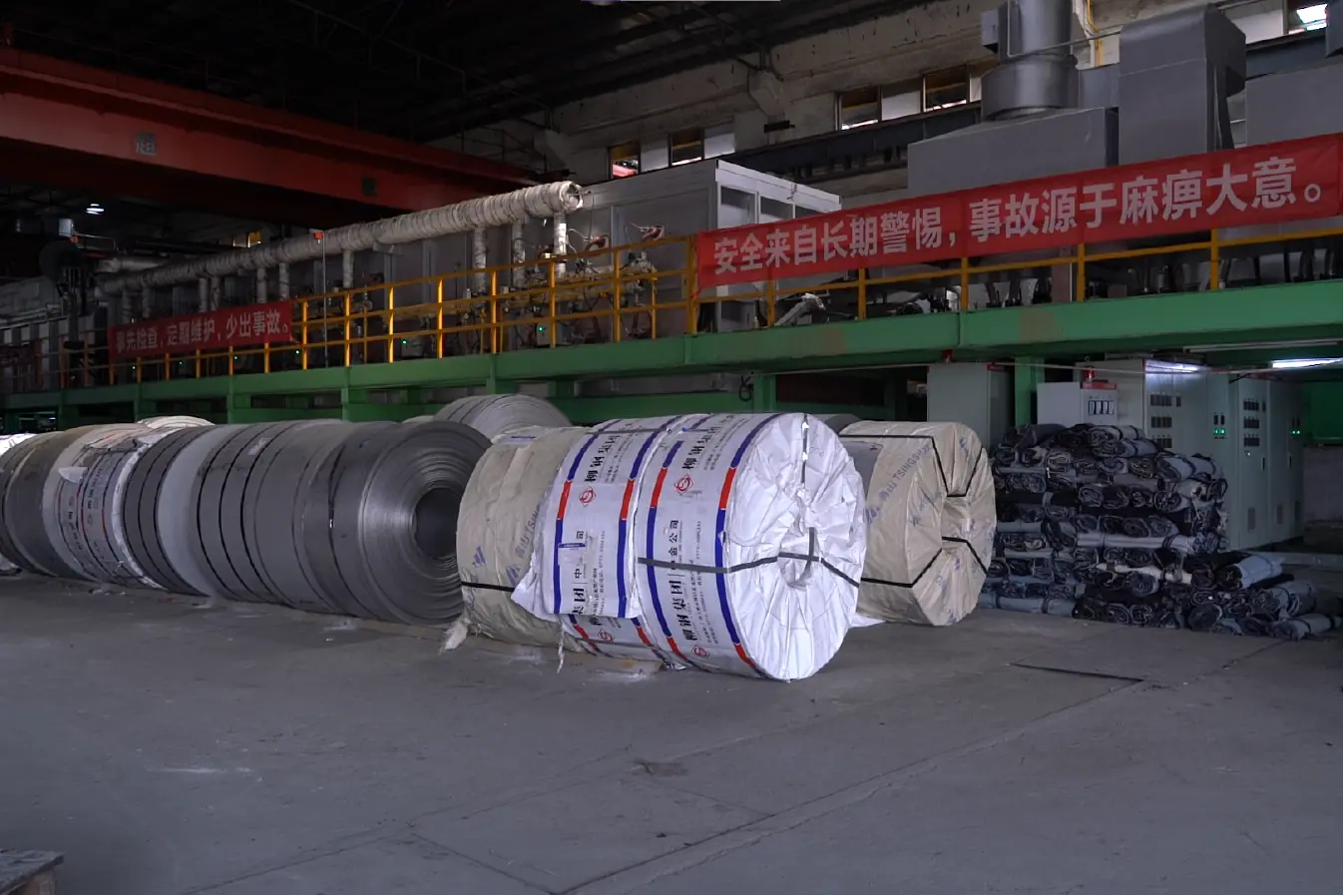
This is the question I help our clients at MFY answer every single day. The stainless steel grades chart is more than a list of options; it's a decision-making tool. The right choice is never about a single factor. It’s a strategic balance of performance, workability, and cost. I once worked with a client in the food processing industry who was initially set on using Grade 316 for everything. After discussing their specific processes, we identified that for many components not in direct contact with saline solutions, Grade 304 provided the necessary hygiene and corrosion resistance at a lower cost, freeing up their budget for other critical upgrades. This is the value of a consultative approach.
A Four-Step Selection Framework
To make an informed decision, I recommend following this simple but effective framework:
- Analyze the Environment: What corrosive agents will the steel be exposed to? (e.g., water, salt, chemicals, high temperatures). This will determine the required level of corrosion resistance.
- Define Mechanical Demands: What are the strength, hardness, and ductility requirements? Will the part be under high stress, impact, or cyclic loading?
- Consider Fabrication: How will the part be made? Does it require extensive welding, bending, or machining? Some grades, like austenitic ones, are much easier to form and weld than others.
- Evaluate the Total Cost: Look beyond the initial material price. Consider the total lifecycle cost, including fabrication, maintenance, and potential replacement. A more expensive grade upfront can be cheaper in the long run.
Here are some common applications and our typical grade recommendations:
| Application | Key Requirements | Recommended Grade(s) |
|---|---|---|
| Kitchen Equipment | Hygiene, formability, mild corrosion resistance | 304 |
| Marine Hardware | High corrosion resistance (saltwater) | 316 |
| Automotive Exhaust | Heat resistance, moderate corrosion resistance | 409, 439 (Ferritic) |
| Structural Beams (Coastal) | High strength, high corrosion resistance | 2205 (Duplex) |
| Surgical Instruments | Hardness, ability to hold an edge, sterilization | 420, 440 (Martensitic) |
By systematically walking through these factors, you can confidently select a grade that is perfectly matched to your application's unique demands.
What are the best practices for maintaining the properties of stainless steel?
You've selected the perfect grade; how do you ensure it performs as expected for years to come? Proper maintenance is not optional; it's essential for preserving your investment.
To maintain stainless steel, regularly clean the surface with mild soap and water to remove contaminants. Avoid using harsh abrasives or cleaners containing chlorides. Always prevent contact with carbon steel to avoid cross-contamination and ensure its long-term corrosion resistance.
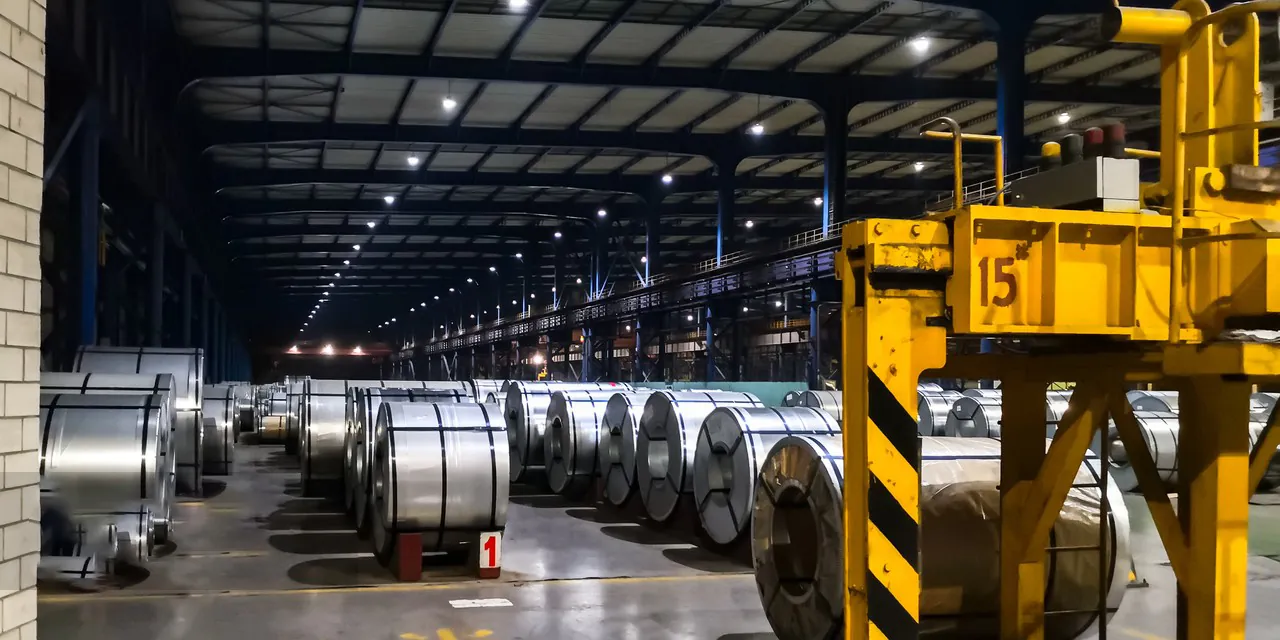
At MFY, our relationship with a client doesn't end when the material leaves our warehouse. We are invested in their long-term success. A common issue we see is the premature failure of high-quality stainless steel due to improper handling or maintenance. For example, using a wire brush made of carbon steel to clean a stainless steel surface can embed iron particles, which then rust and compromise the passive layer. This is why education on best practices is a core part of our service. Preserving the material's properties ensures the end product's integrity, reflecting well on both the manufacturer and us as the supplier.
Simple Rules for Long-Term Performance
Maintaining stainless steel is straightforward if you follow a few key principles. It’s about keeping the surface clean and protecting the passive layer.
Do's and Don'ts of Stainless Steel Care
| Do | Don't |
|---|---|
| Clean regularly with water and a mild detergent. | Use cleaners containing chlorides (bleach) or abrasive powders. |
| Use soft cloths or non-metallic scouring pads. | Use steel wool or carbon steel brushes. |
| Rinse thoroughly with clean water after cleaning. | Allow iron or steel tools to rest on stainless surfaces. |
| Follow the grain of the finish when cleaning. | Forget to clean weld areas to remove heat tint. |
| Passivate after fabrication to restore the passive layer. | Expose the steel to harsh chemicals it's not rated for. |
I often tell our partners that stainless steel is "low maintenance," not "no maintenance." A simple, consistent cleaning schedule is the most effective way to ensure the material looks and performs its best for its entire service life. This simple care routine protects your investment and guarantees the durability and aesthetic appeal that you chose stainless steel for in the first place. This commitment to the full product lifecycle is central to our philosophy at MFY, as we aim to support the global expansion of China’s entire stainless steel supply chain.
Conclusion
Understanding the stainless steel grades chart is not just technical knowledge; it is a strategic business advantage that directly impacts project performance, cost, and long-term durability.
Have Questions or Need More Information?
Get in touch with us for personalized assistance and expert advice.
